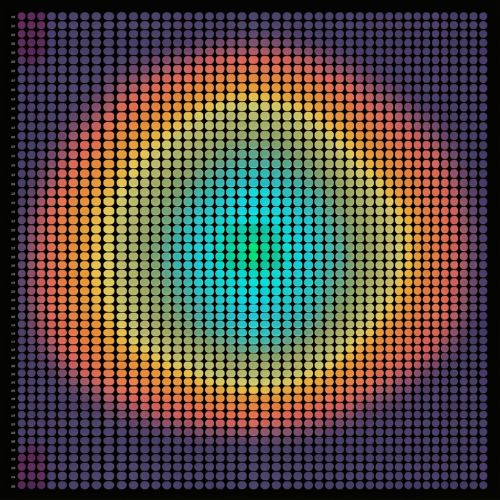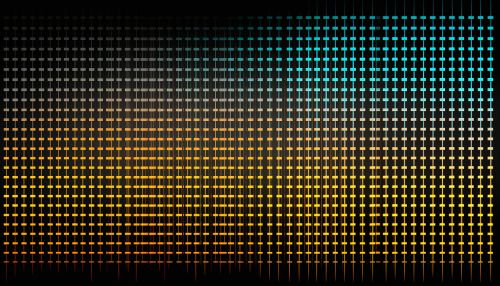Discrete semiprime
Introduction
A discrete semiprime is a concept in the field of number theory, a branch of pure mathematics. In essence, a discrete semiprime is a natural number that is the product of two (not necessarily distinct) prime numbers. The prime numbers that constitute a semiprime are referred to as its prime factors.
Definition
Formally, a natural number n is defined as a discrete semiprime if and only if there exist prime numbers p and q such that n = p*q. The numbers p and q are the prime factors of n. It is important to note that p and q may be the same prime number, in which case n is the square of a prime number.
Properties
Discrete semiprimes have several interesting properties that distinguish them from other natural numbers.
Factorization
The factorization of a discrete semiprime is trivial, as it is by definition the product of two prime numbers. However, the task of determining the prime factors of a given semiprime, known as semiprime factorization, is not trivial. This problem is of significant interest in the field of computational complexity theory.
Cryptography
The difficulty of semiprime factorization is the basis for the security of some public-key cryptography systems, such as RSA. In these systems, a semiprime number is used as the public key, and the prime factors of the semiprime constitute the private key. The security of these systems relies on the assumption that semiprime factorization is computationally infeasible.
Distribution
The distribution of discrete semiprimes among the natural numbers is irregular. This distribution is related to the distribution of prime numbers, which is described by the Prime Number Theorem.
Examples
The smallest discrete semiprime is 4, which is the product of 2 and 2. The next few discrete semiprimes are 6, 9, 10, 14, 15, 21, 22, 25, 26, 33, 34, 35, 38, 39, 46, 49, 51, 55, 57, 58, 62, 65, 69, 74, 77, 82, 85, 86, 87, 91, 93, 94, and so on.


